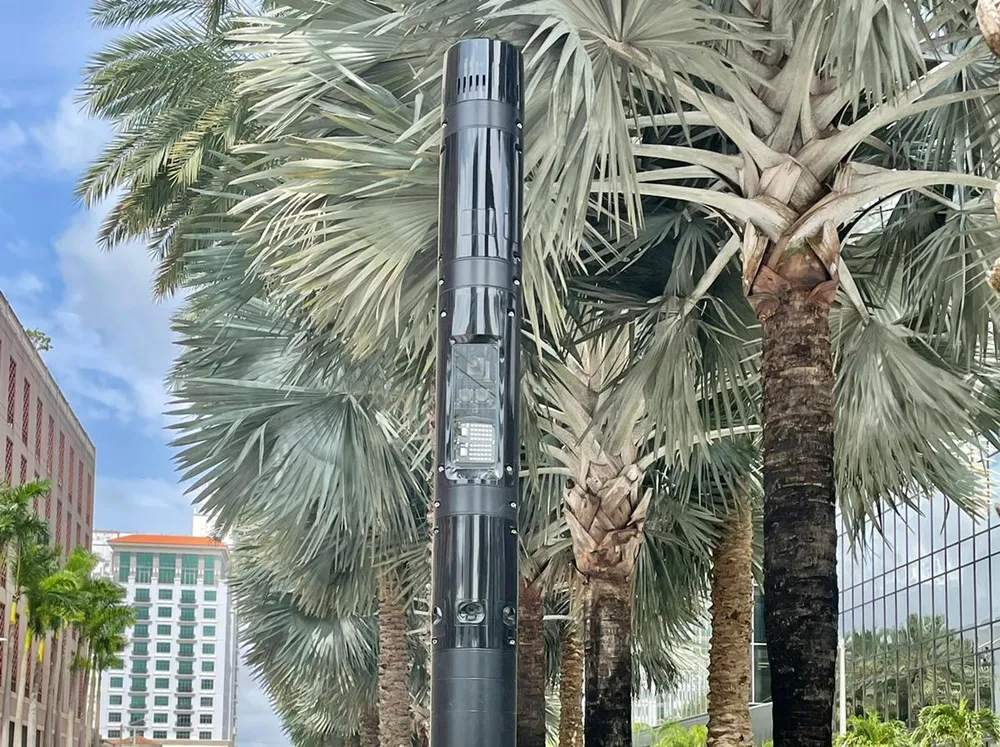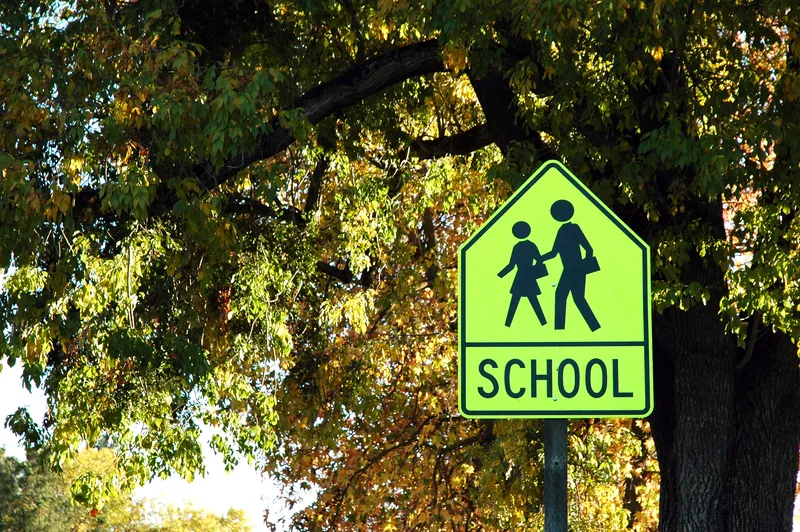
Finland-based MarshallAI has partnered with Dynniq Finland to develop a solution that could potentially reduce 4% of traffic emissions without a negative impact on traffic users.
The solution is being rolled out as part of the AI4Cities project in which the cities of Helsinki (Finland), Copenhagen (Denmark) and Amsterdam (Netherlands) are looking for artificial intelligence (AI) solutions that will speed up carbon neutrality.
The partners developed the new Ix3 solution to reduce emissions and optimise traffic flows in the cities by making traffic management more efficient.
Ix3 is expected to reduce emissions by altering the traffic management logic and removing unnecessary idling in traffic lights. This is achieved by using vision-based information of real traffic situations and prioritising traffic flows.
MarshallAI says traffic can be managed in an optimal way to reduce carbon dioxide (CO2) when the traffic light management system understands the volumes of vehicles and their types.
Live sensing during the first phase of the three-year project identified a potential to reduce CO2 emissions by more than 37 thousand tonnes in the average European city.
This equates to the average emissions of more than 8,000 cars or roughly 4% of the current typical traffic emissions in such a city, the company adds.
According to MarshallAI, Ix3 combats traffic in multiple ways, understands the number of vehicles and their types and allows cities to prioritise specific traffic users.
For example, the solution can be programmed to let heavy traffic and public transport through more fluently or alternatively promote green values and prioritise cyclists. Connecting multiple adjacent intersections together allows broader understanding of traffic and enables pre-emptive actions, such as ensuring a green wave for a certain vehicle type.
MarshallAI CEO Marcus Nordström says: “Based on the previous traffic analyses, we knew that there are from time to time irrational dead seconds in every intersection. Being able to eliminate as much as 4% of the current traffic emissions in a way that only improves every traffic user’s experience, was a surprise.”
The company insists the advanced machine learning features also promote traffic safety by detecting traffic violations and accidents, meaning hazards can be identified before accidents occur.
“From a citizen’s perspective, the only change to the current situation would be that when the street is empty of cars or the crosswalk of pedestrians, the traffic lights turn green faster for those waiting,” Nordström continues.
“I am sure nobody will miss the moments when they wondered why the lights stay red.”
MarshallAI and Dynniq are among ten suppliers working on mobility solutions that are advancing to the project’s second phase.
Of these suppliers, Carto is developing a solution focused on the effective planning of micromobility services, while Fronyx is working on a project aimed at optimising the usage of public charging stations.
In January 2022, three suppliers will advance to the third and final phase where the developed solutions will be tested in a minimum of two cities.
Other cities involved in the AI4Cities project include Paris (France), Stavanger (Norway) and Tallinn (Estonia).










